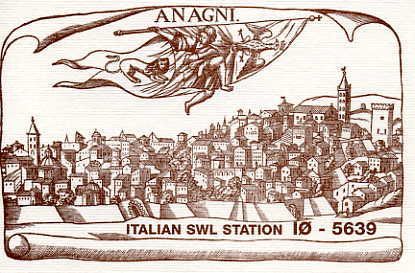sábado, 11 de julio de 2009
VHF radio can be a real lifesaver
by Frank Ferraiuolo
Friday July 10, 2009, 10:00 AM
Cell phones are fine, but VHF radio is still the best means for communication on the water.
It can be hard to get a cellular signal on the water, but VHF radio is heard by all who are listening to that station. In the event of an emergency, a nearby boat can hear your broadcast and be able to help immediately. VHF radios are sold as fixed station (1 watt to 25 watt power) or a hand-held model (1 watt to 5 watt power). The cost runs from $119 to $599 depending on features.
Once you purchase a VHF radio it's important to know how to use it properly.
First, tune the radio to Channel 16, which is for emergencies, and listen first before you broadcast to see if someone else is using the channel.
Remember the radio is a "party line" and everyone on the channel can hear your conversation, so don't use profane language. Always keep your conversation to a minimum so others can use the same channel.
When using the radio you must either talk or listen -- as it is a transceiver and not like a phone. Always use low power first to make your call since this will enable people in other areas to use the same channel without interference.
If you cannot hear the party, then switch to high power.
Hail a boat you are calling on a working station (9, 68, 69, 72, and 78). If you are hailing another boat, limit your call to 30 seconds. Wait 2 minutes before trying again. After 3 calls, wait 15 minutes to do the hailing process again.
This will give other boaters a chance to use the radio. The Coast Guard monitors Channel 16 and uses Channels 21, 22, 81, and 83. The New York City Police Department uses Channel 17. Channels 6 and 13 are used by large ships and bridge operators.
There are also weather channels for each area you will boat in that given present and future weather conditions. Do not call the Coast Guard on Channel 16 for a radio check, call on one of the working channels and ask. Whenever you use the radio speak slowly, clear, distinct and calm.
There are 3 spoken emergency signals: Mayday (most serious and life threatening), pan-pan (serious but not life threatening) and security (messages concerning safety issues). MAKING A MAYDAY CALLBroadcast it over Channel 16 ÂPress microphone button and say Mayday three times ÂSay vessel name and registration number three times ÂState the nature of the distress and type of help needed ÂGive your exact location or nearby buoys or landmarks ÂGive the number of people on board ÂDescribe the seriousness of the situation (how long you can stay afloat, etc.) Provide a description of your vessel (size, color, type) Source:
http://www.silive.com/sports/advanceonsports/index.ssf/2009/07/vhf_radio_can_be_a_real_lifesa.htmlvia Yimber Gaviria, Noticias de la Radiohttp://yimber-gaviria.blogspot.com
Suscribirse a:
Enviar comentarios (Atom)


No hay comentarios:
Publicar un comentario